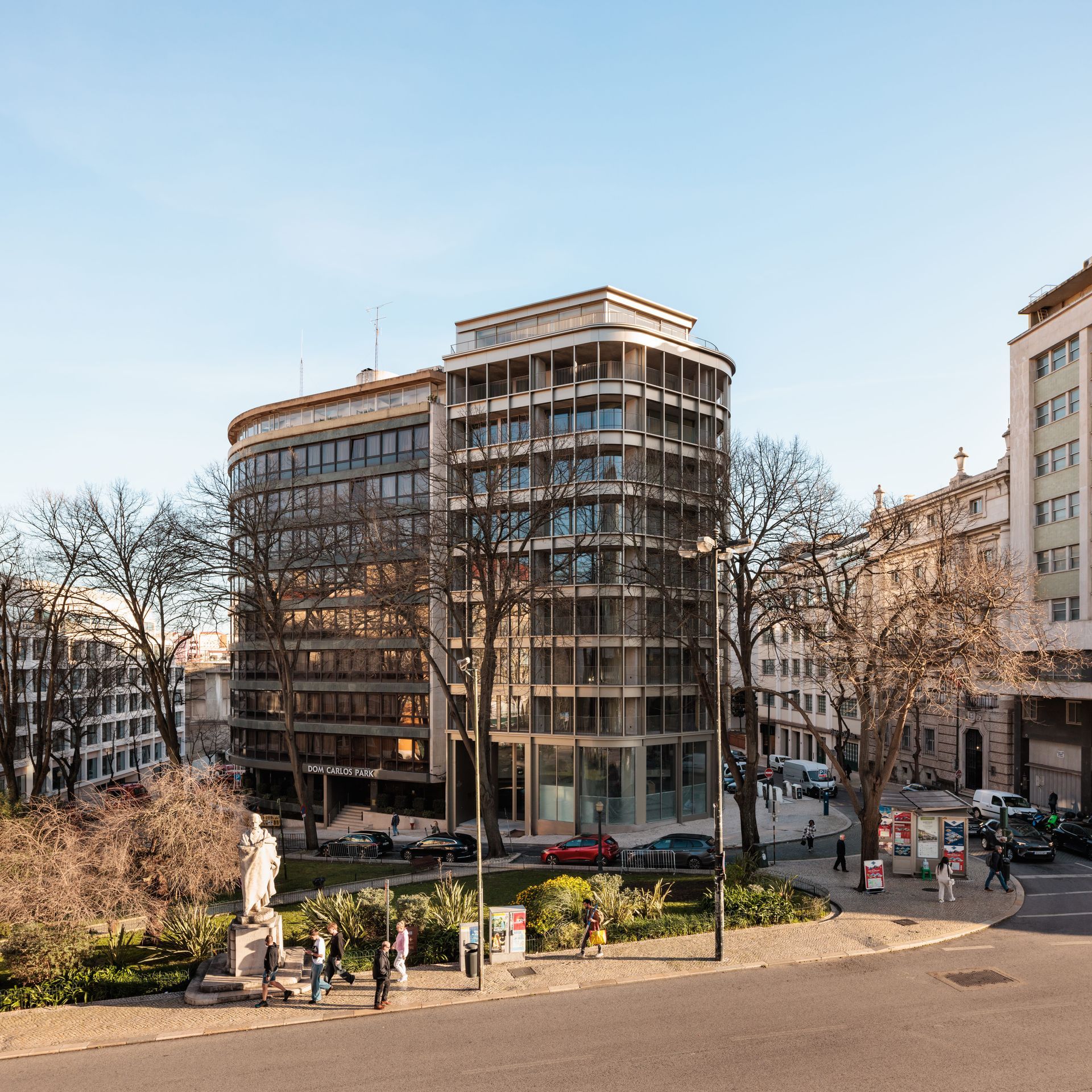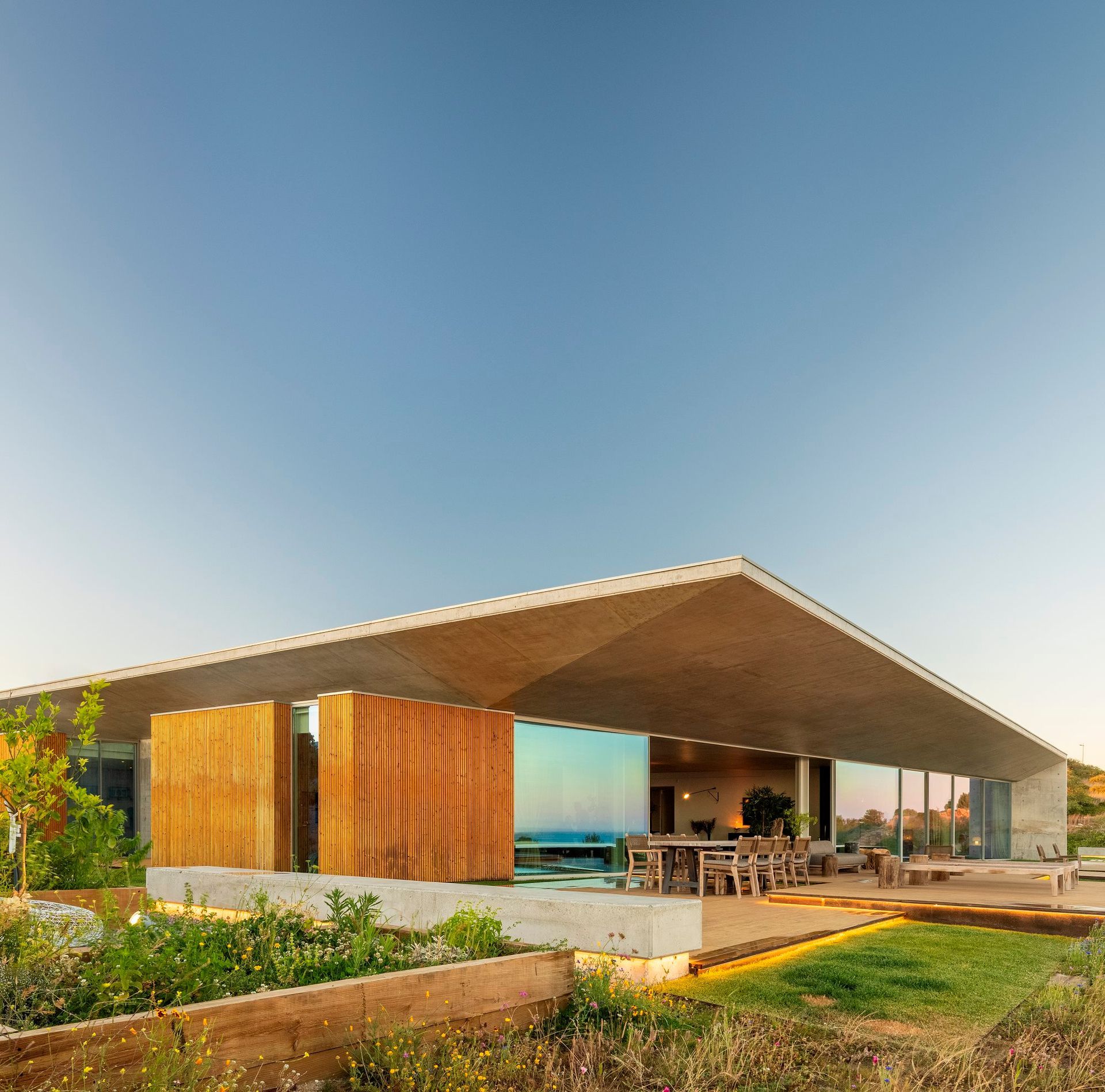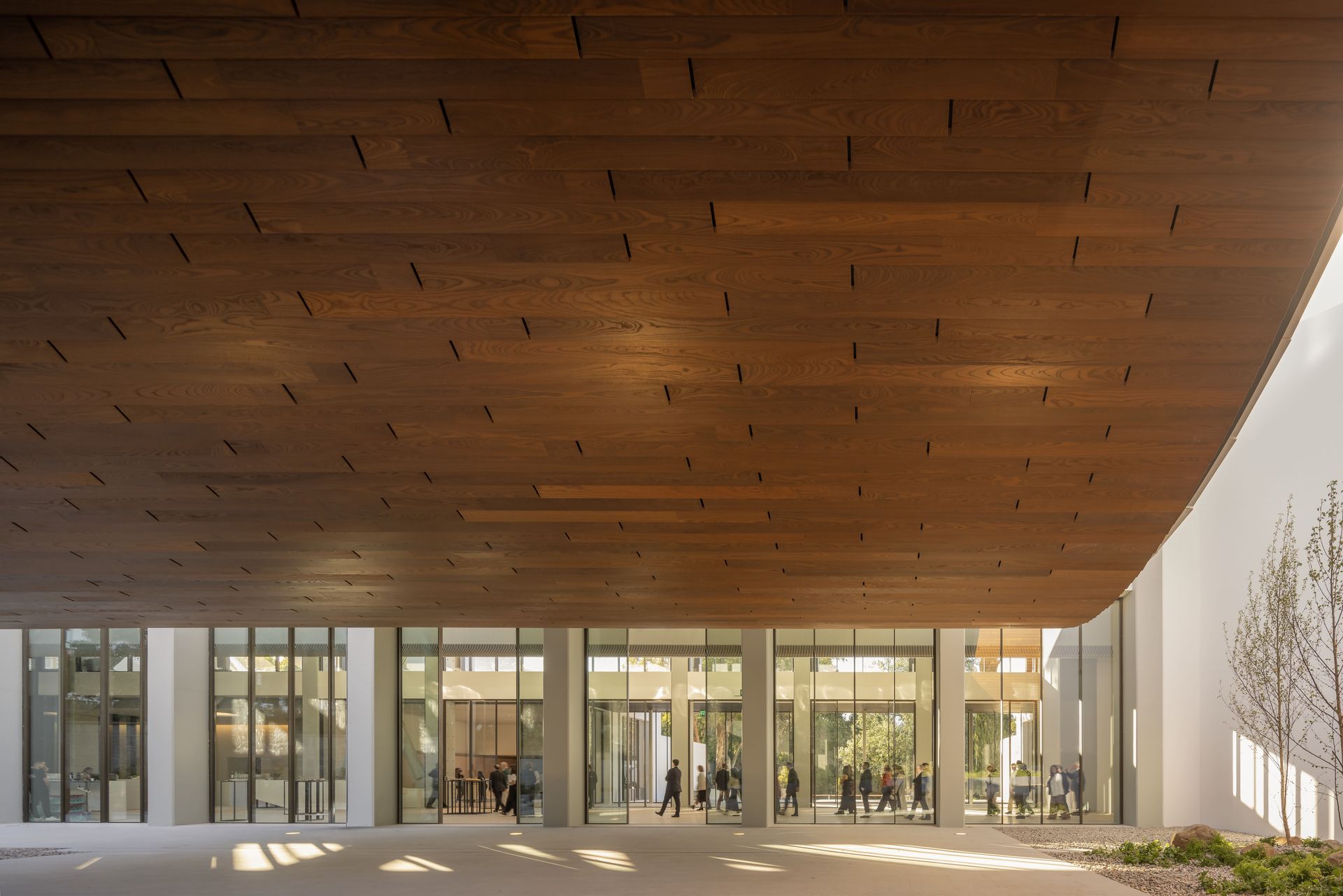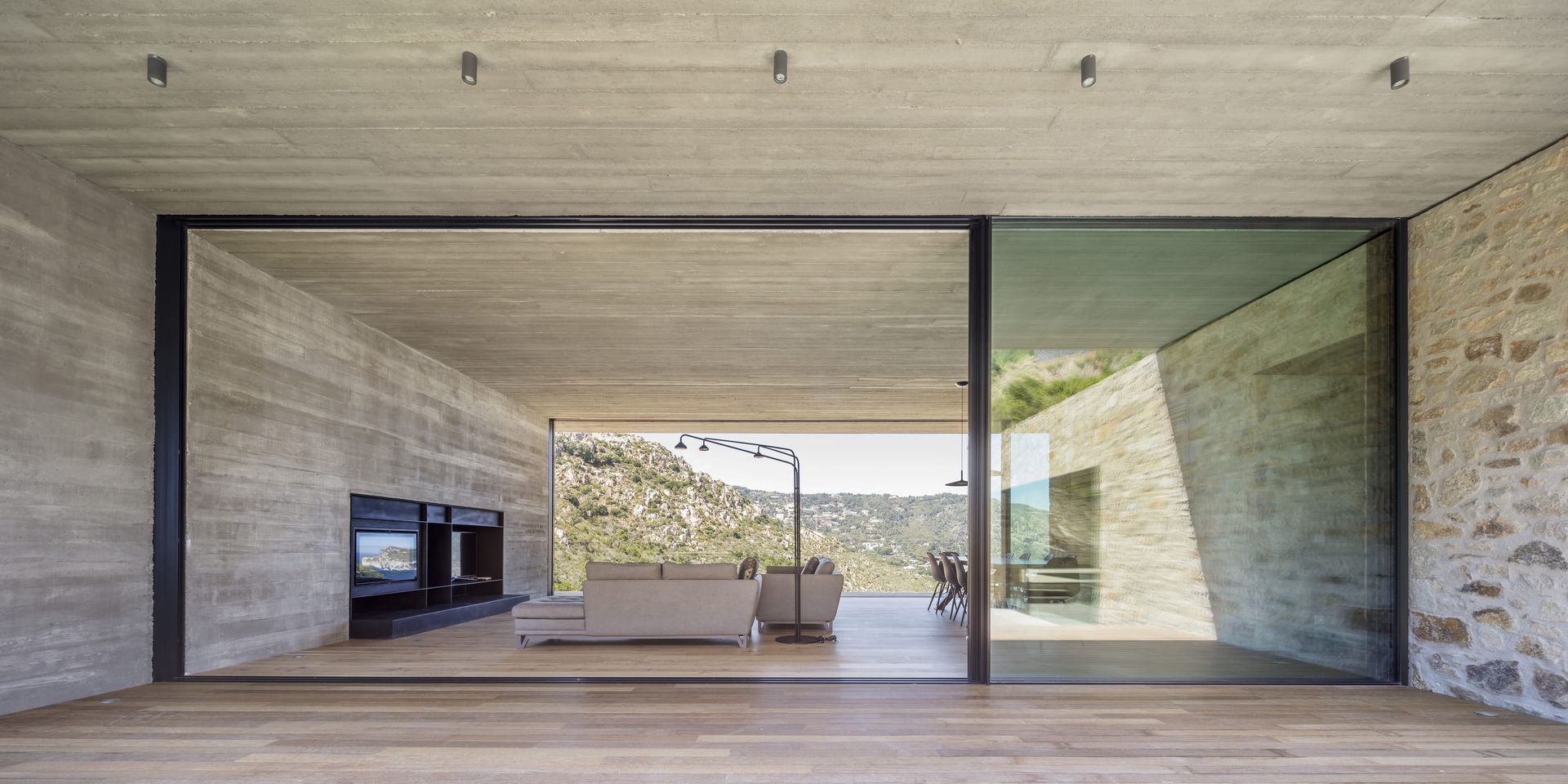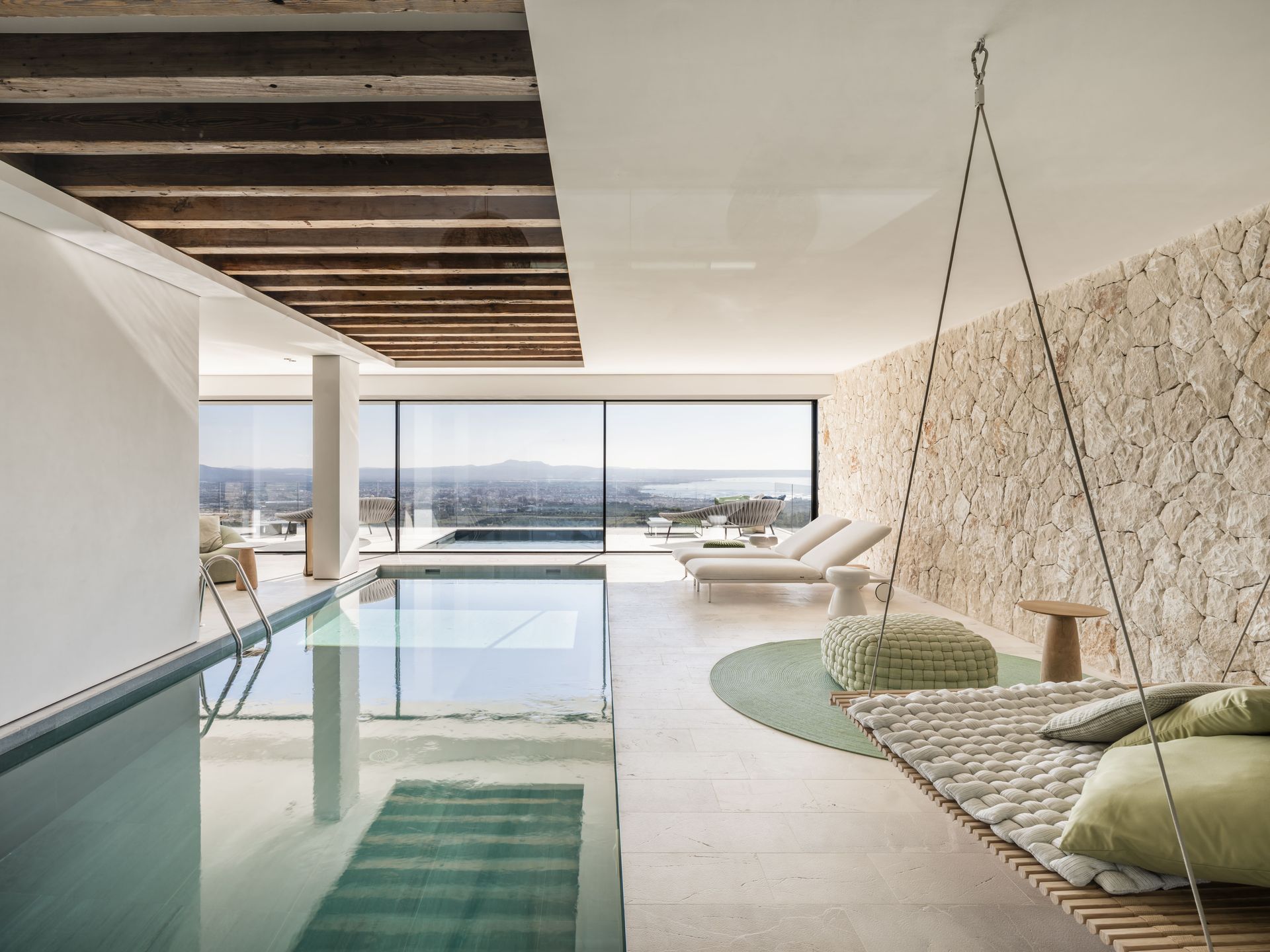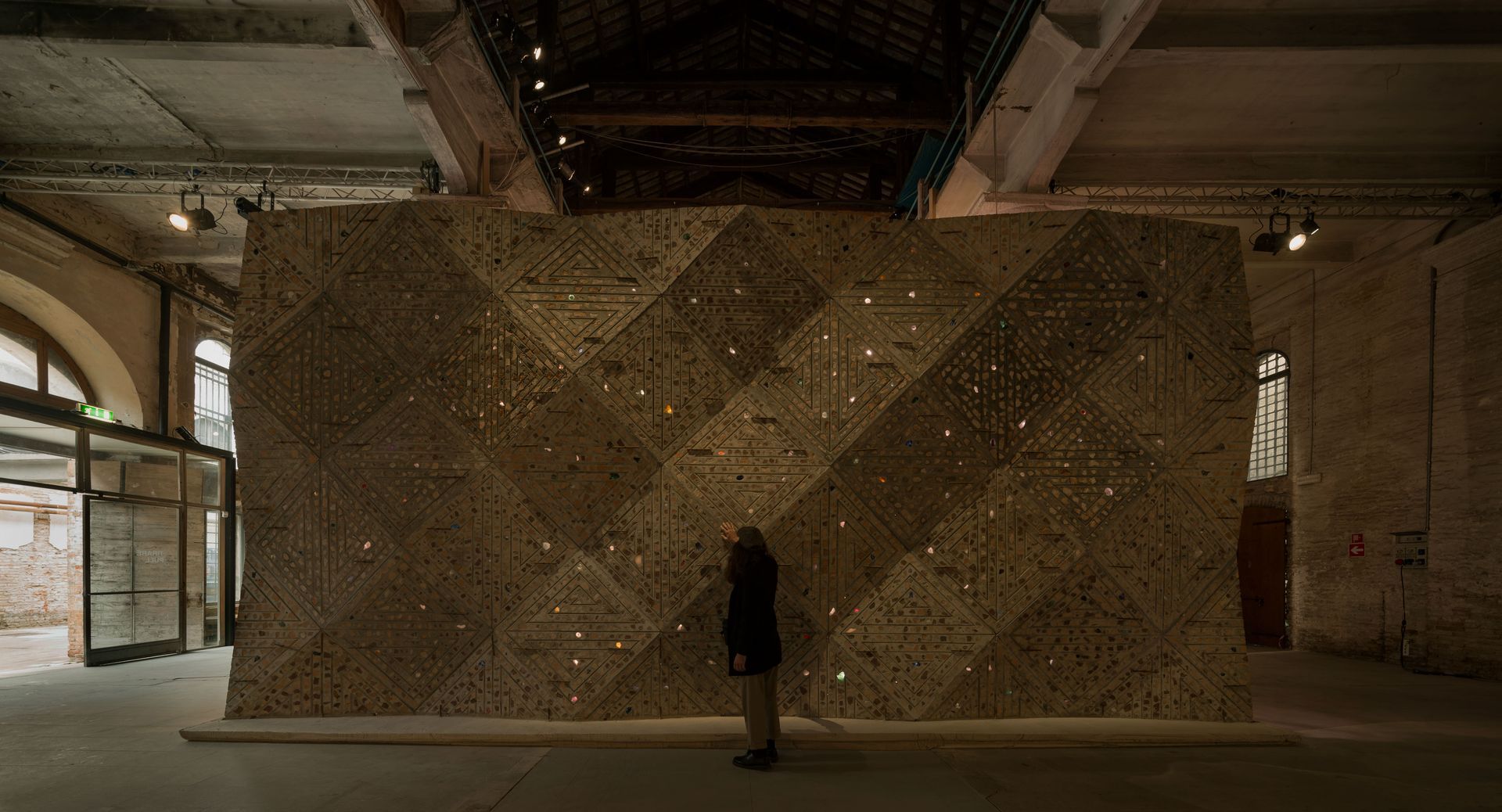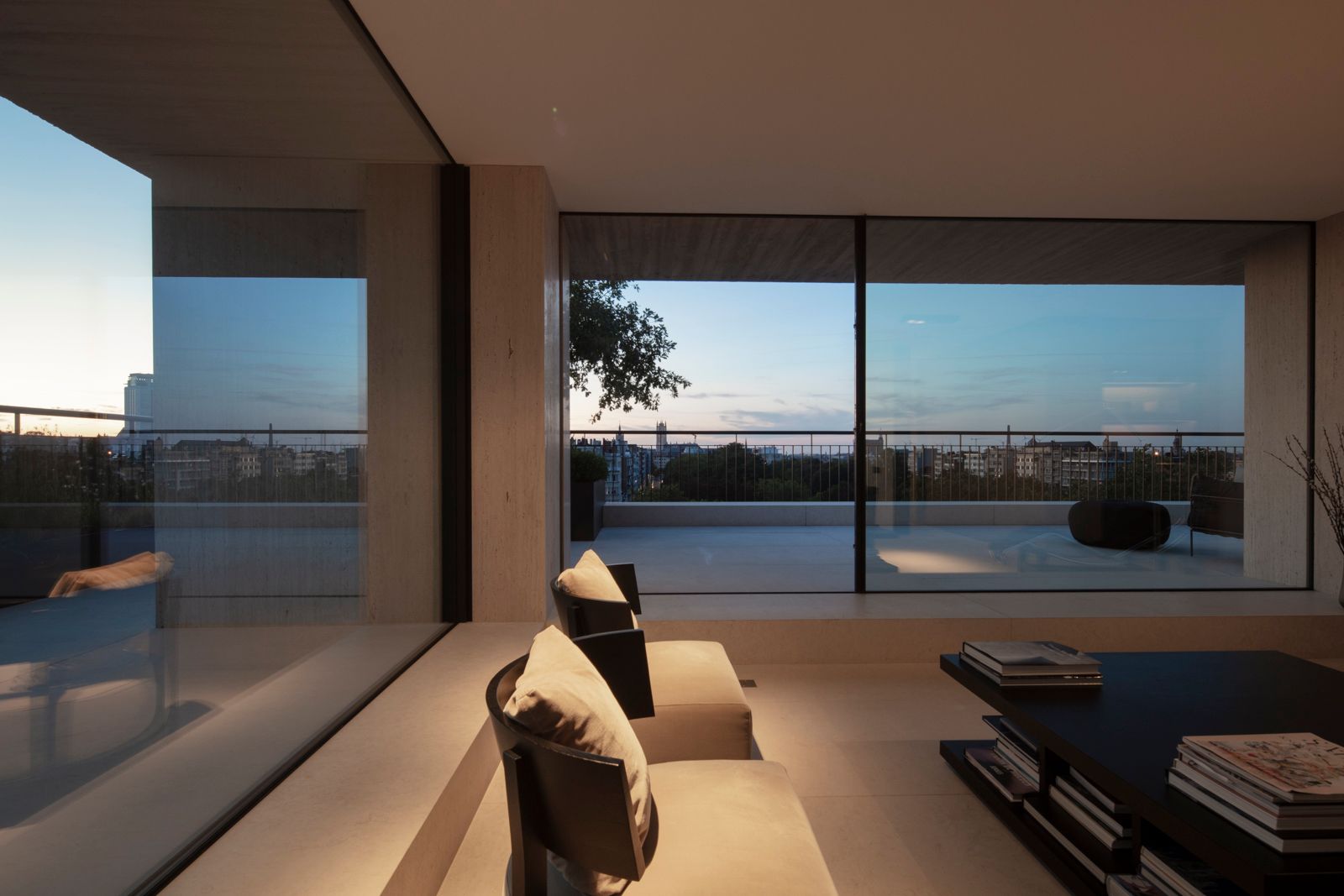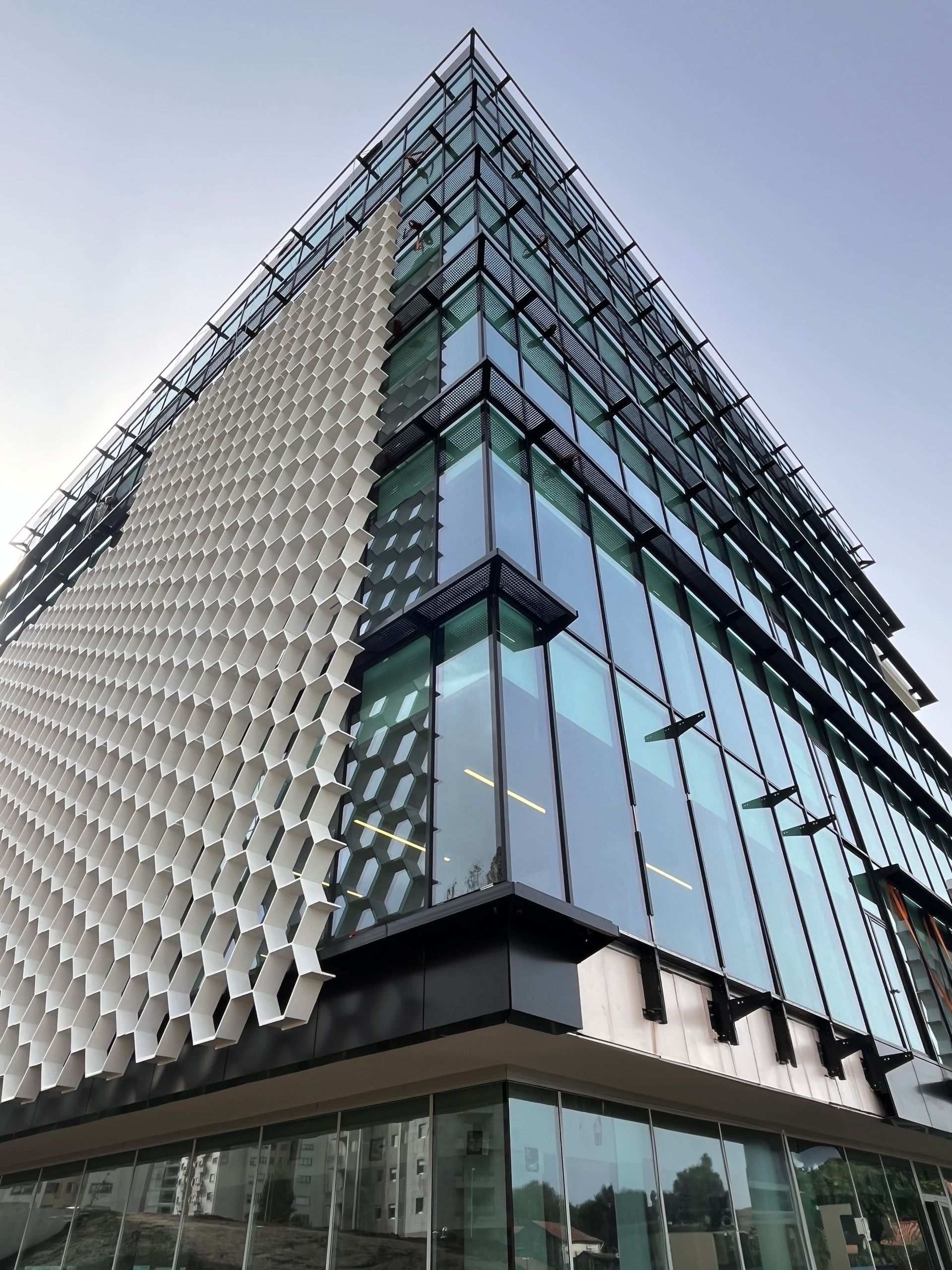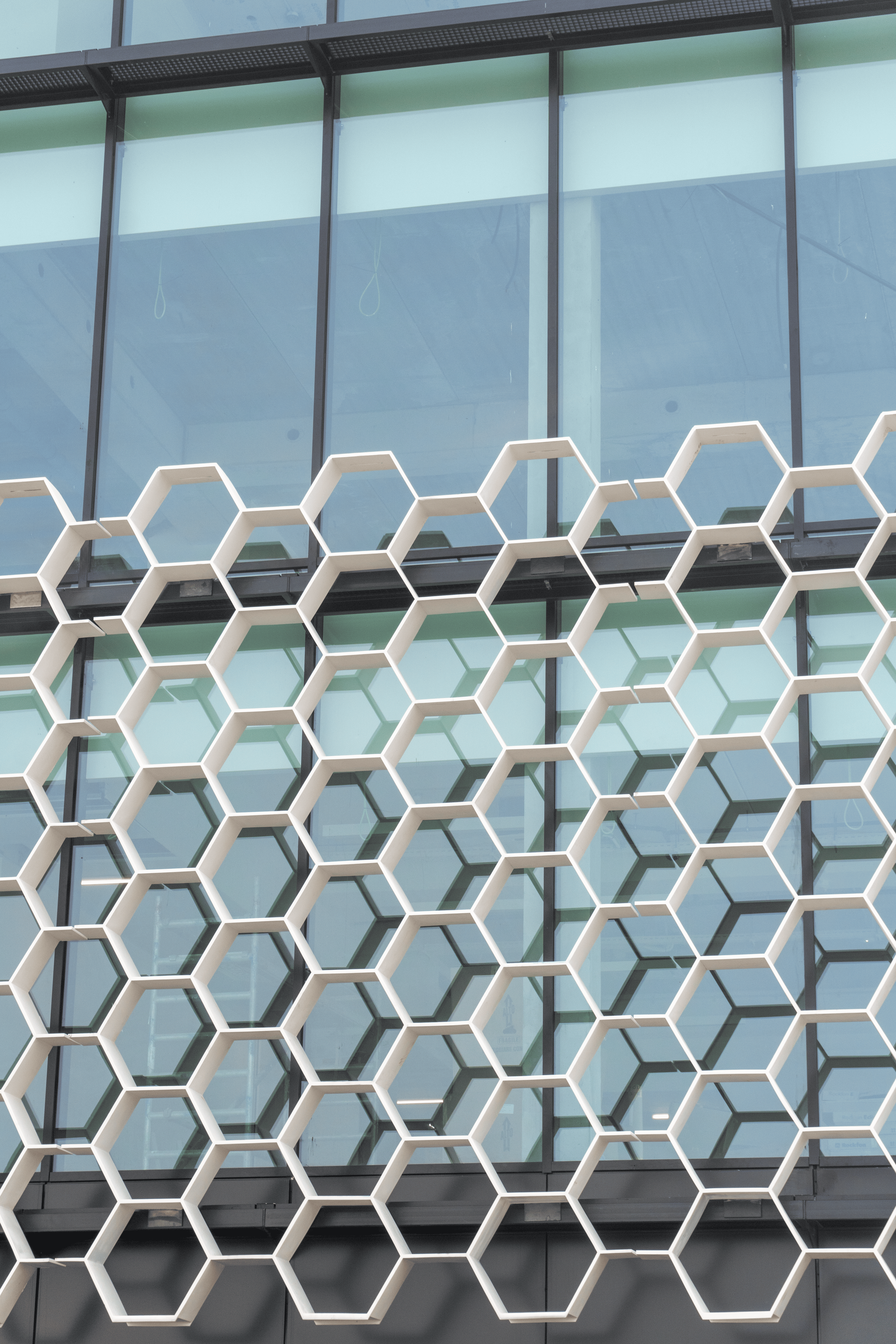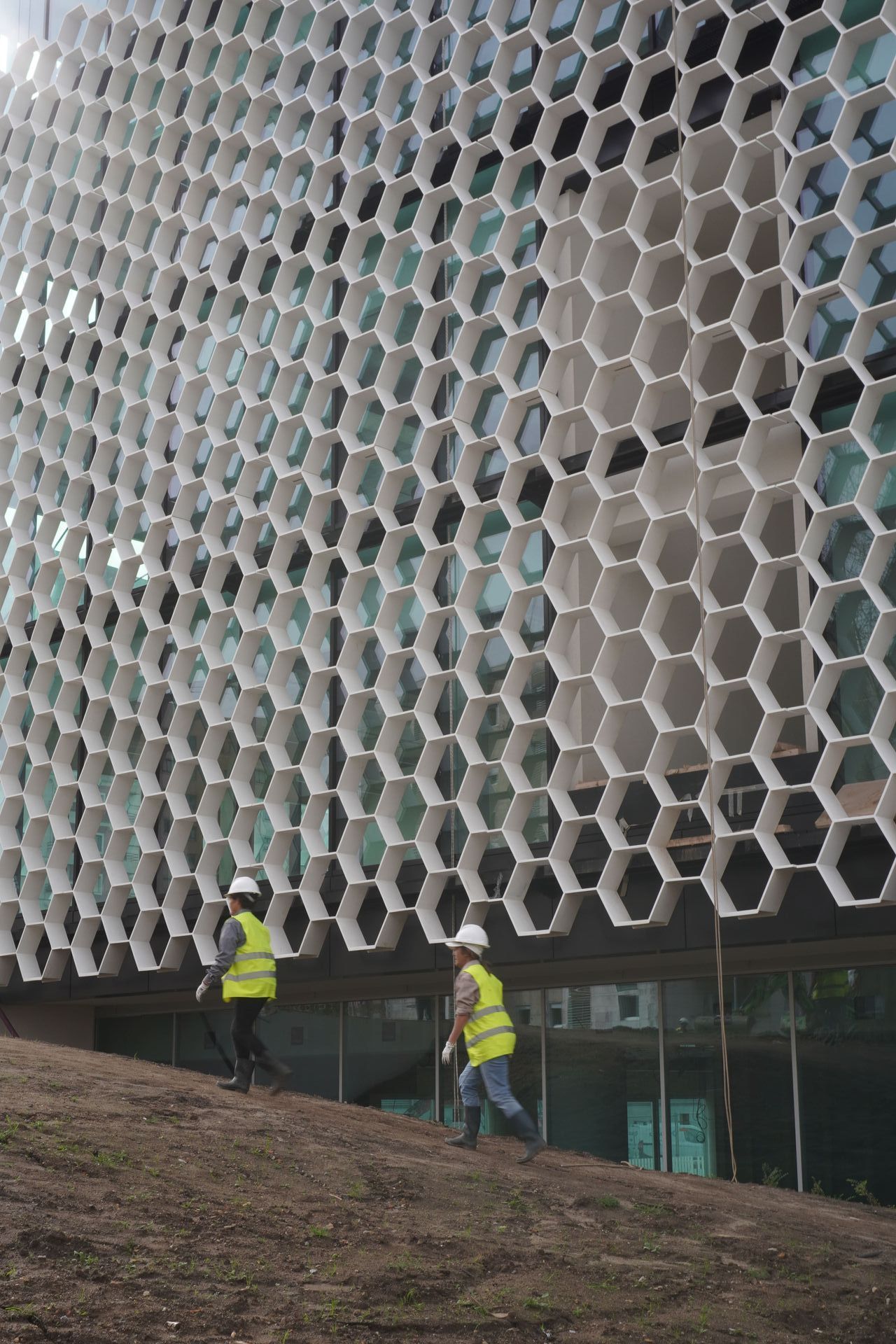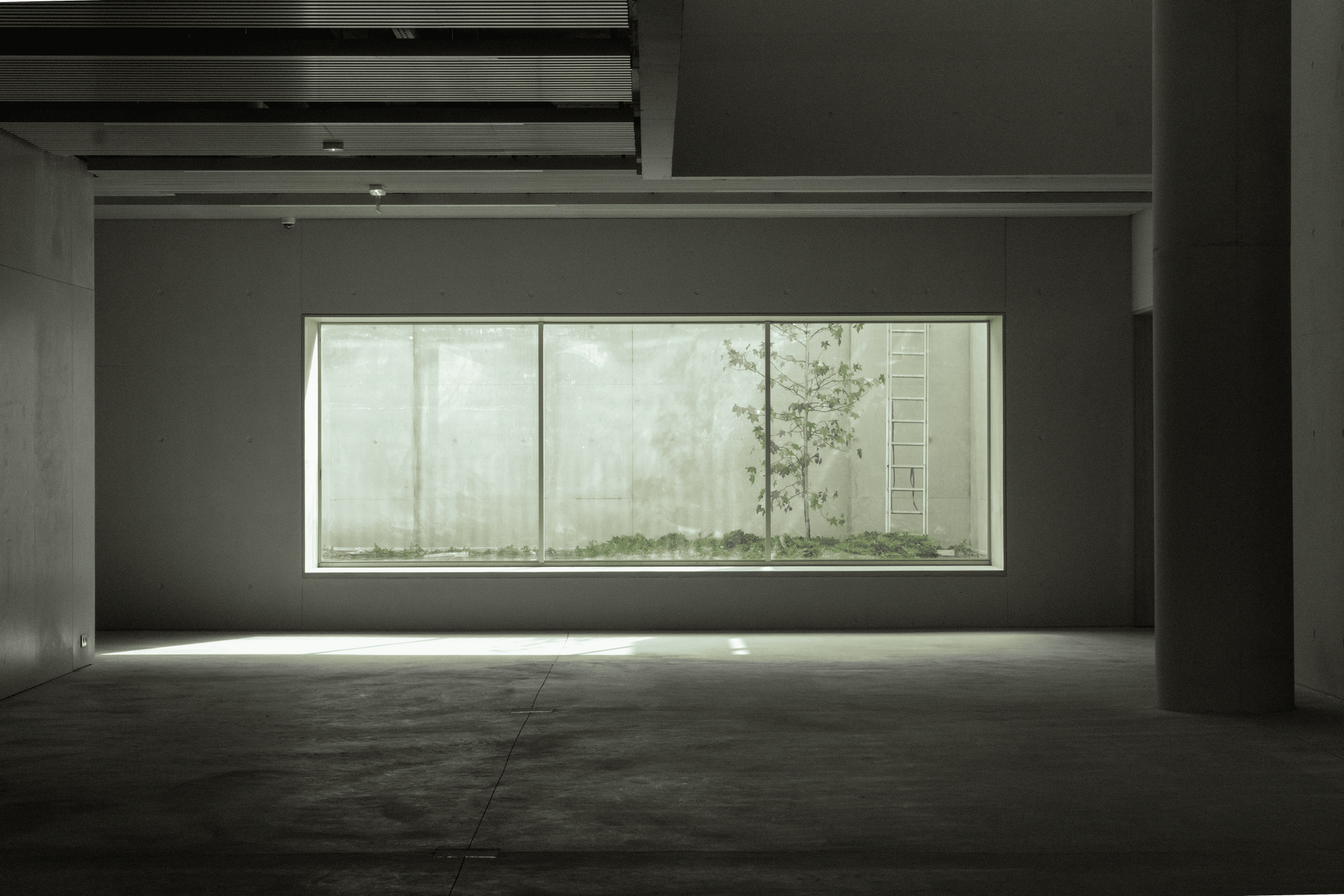Liga Portugal Arena: Light, Structure, and Urban Unity
The Liga Portugal Arena emerges as a space of unity and balance, designed by OODA Architects. This translucent monolith reconsiders the city's visual and spatial dialogue. It is a sculptural embodiment of light and openness, inviting the city in a while framing views outward, forming a constant interplay between interior intimacy and urban engagement.
A Veil of Light and Transparency
The façade, draped in glass by OTIIMA, cloaks the arena in a delicate translucence. By day, it captures the shifting patterns of sunlight, filtering brightness with a textured delicacy that softens the boundary between inside and out. It transforms into an ethereal lantern by night, gently illuminating the urban fabric. This translucent box is not merely a façade but a membrane. This interface brings the city's energy inward, bathing the space in a calm, ambient light that shapes the interior spaces with a sense of harmony.
Green Horizons and Fluid Landscapes
The podium, a green, undulating base, stands as an organic counterpoint to the structured form of the tower above. This living topography merges with the surrounding park and it becomes a seamless extension of the natural environment. Covered by a green roof, it envelops collective spaces and weaves in open-air pathways, creating an oasis within the urban context. Here, architecture and landscape converge into a soft rhythm, allowing light and shadow to play across its forms, inviting moments of reflection and repose.
Structure and Light
The cubic tower asserts a calm presence. It’s a composition of rational lines and ordered spaces dedicated to office, research, and training for the Portuguese Football League. The tower is an intricate lattice of glass and metal that catches the shifting light, casting geometric patterns that transform the building's surface into a living canvas. This interplay of material and form lends the tower a poetic quality, merging functionality with a sense of wonder.
Interior Poetry of Light and Shadow
Inside, light is a silent storyteller. The studio carefully position each window to draw sunlight into the space, transforming concrete and glass into elements of a poetic narrative. As light filters across walls and surfaces, it unveils textures and shadows that animate the rooms and breaths life into the spaces. The simplicity of the forms gives light a quiet prominence, allowing shadows to stretch and shift, creating an architectural cadence that invites contemplation.
With the Liga Portugal Arena, OODA Architects provides a place of encounter, dialogue, and urban poetry. It's architecture that lives within its surroundings, and invites the public to experience space, light, and materiality in harmony.

